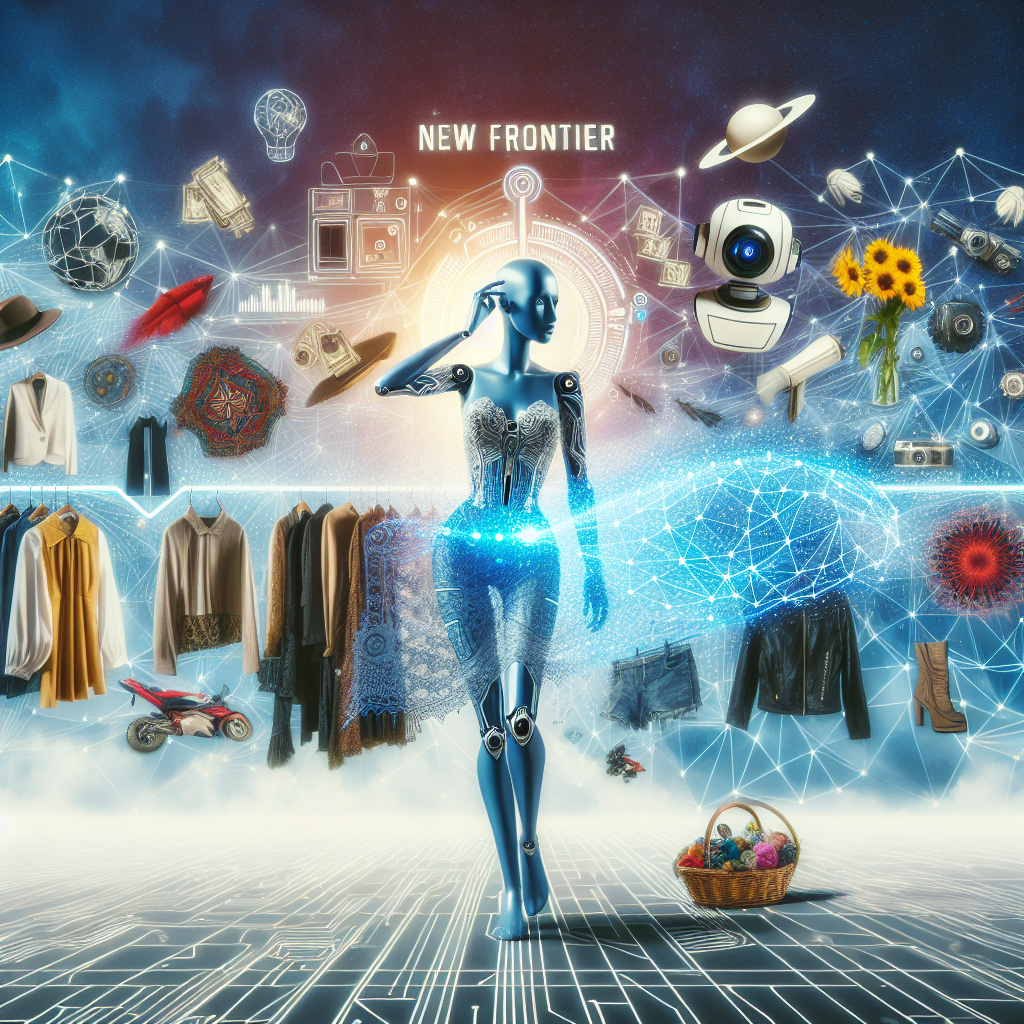In recent years, artificial intelligence (AI) has been making waves in the fashion industry, revolutionizing the way designers create, market, and sell their products. From trend forecasting to personalized shopping experiences, AI is transforming the way we think about fashion and pushing the boundaries of design in ways we never thought possible. In this article, we will explore how AI is reshaping the fashion industry and the new frontier of design it is opening up.
AI and Fashion Design
One of the most exciting ways AI is impacting the fashion industry is through design. With the help of AI, designers can now create innovative and unique designs that were previously unimaginable. AI algorithms can analyze vast amounts of data, including customer preferences, historical trends, and market demand, to generate design ideas that are both trendsetting and commercially viable.
For example, companies like IBM and Google have developed AI-powered tools that can generate new designs based on a set of parameters provided by the designer. These tools can produce thousands of design options in a matter of seconds, allowing designers to explore new ideas and concepts quickly and efficiently.
AI is also being used to optimize the design process by streamlining workflows and reducing production costs. By analyzing data on materials, production techniques, and supply chain logistics, AI can help designers make more informed decisions about how to create their designs in the most efficient and sustainable way possible.
AI and Trend Forecasting
Another area where AI is making a significant impact in the fashion industry is trend forecasting. Traditionally, trend forecasting has been a labor-intensive process that relied heavily on intuition and guesswork. However, with the help of AI, trend forecasting has become more data-driven and accurate than ever before.
AI algorithms can analyze vast amounts of data from social media, e-commerce platforms, fashion blogs, and other sources to identify emerging trends and predict future fashion trends with a high degree of accuracy. This allows designers to stay ahead of the curve and create collections that are in line with current consumer preferences.
AI and Personalized Shopping Experiences
AI is also revolutionizing the way consumers shop for fashion. With the rise of e-commerce and online shopping, retailers are increasingly using AI to personalize the shopping experience for their customers. By analyzing data on customer preferences, purchase history, and browsing behavior, AI algorithms can recommend products that are tailored to each individual’s unique style and taste.
For example, companies like Stitch Fix and Amazon have developed AI-powered algorithms that can suggest clothing items to customers based on their size, style preferences, and budget. This not only helps customers find clothing that they love but also increases sales and customer satisfaction for retailers.
AI and Sustainability
Another important aspect of AI in the fashion industry is its potential to promote sustainability. As the fashion industry continues to grapple with the environmental and social impacts of fast fashion, AI can play a crucial role in promoting more sustainable practices.
For example, AI algorithms can help designers optimize their supply chains to reduce waste and minimize the environmental impact of their production processes. By analyzing data on materials, energy consumption, and transportation logistics, AI can help designers make more sustainable choices when creating their collections.
Additionally, AI can help retailers track and manage their inventory more efficiently, reducing overproduction and excess inventory that often ends up in landfills. By using AI to predict consumer demand and optimize inventory levels, retailers can minimize waste and promote a more sustainable approach to fashion.
FAQs
Q: How is AI being used in fashion design?
A: AI is being used in fashion design to generate new design ideas, optimize production processes, and streamline workflows. AI algorithms can analyze data on customer preferences, historical trends, and market demand to create innovative and commercially viable designs.
Q: How is AI impacting trend forecasting in the fashion industry?
A: AI is revolutionizing trend forecasting in the fashion industry by analyzing vast amounts of data from social media, e-commerce platforms, and fashion blogs to predict future trends with a high degree of accuracy. This allows designers to create collections that are in line with current consumer preferences.
Q: How is AI being used to personalize shopping experiences for consumers?
A: AI is being used to personalize shopping experiences for consumers by analyzing data on customer preferences, purchase history, and browsing behavior to recommend products that are tailored to each individual’s unique style and taste. This helps customers find clothing that they love and increases sales for retailers.
Q: How is AI promoting sustainability in the fashion industry?
A: AI is promoting sustainability in the fashion industry by helping designers optimize their supply chains, reduce waste, and minimize the environmental impact of their production processes. AI algorithms can analyze data on materials, energy consumption, and transportation logistics to help designers make more sustainable choices when creating their collections.

